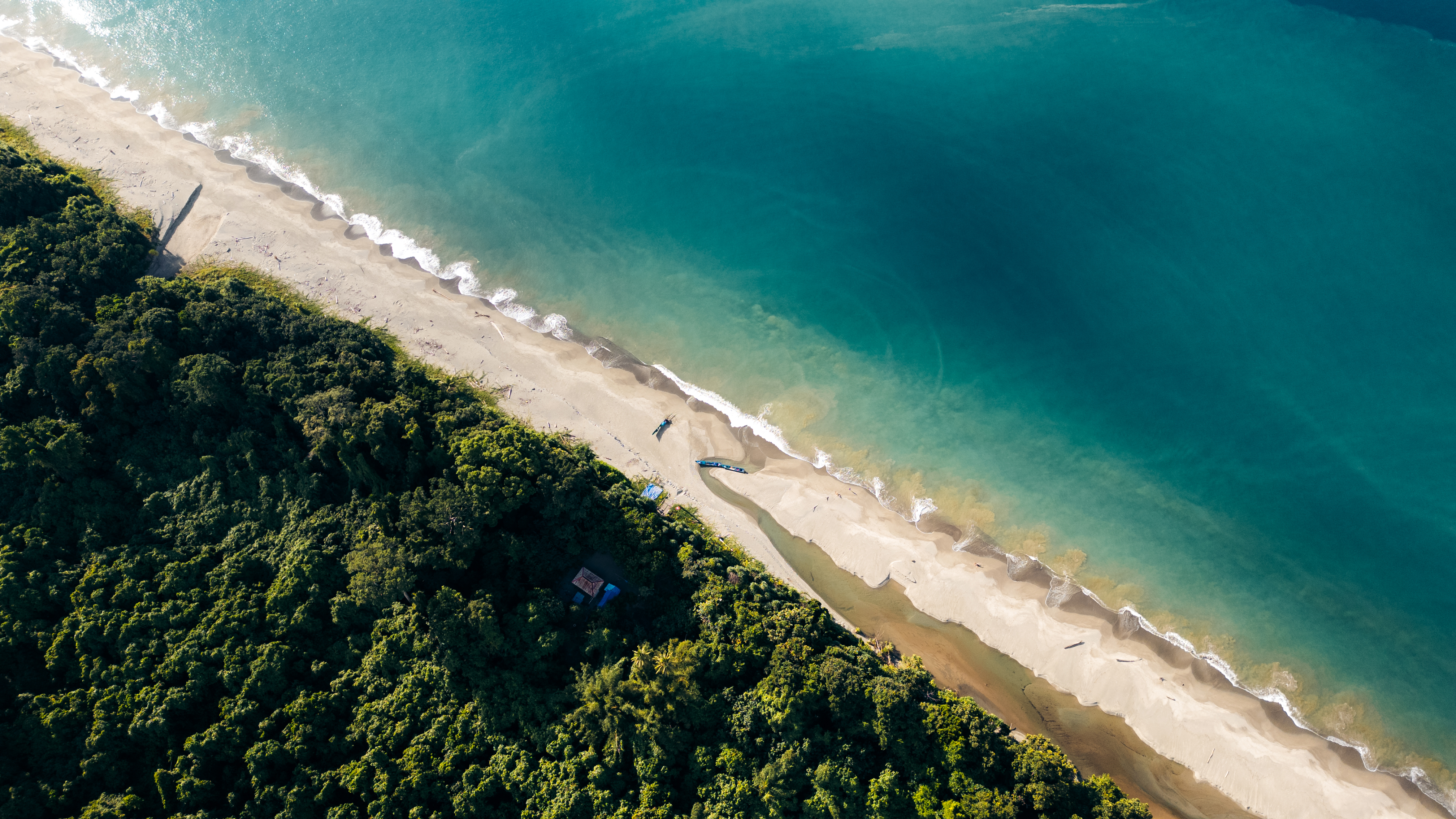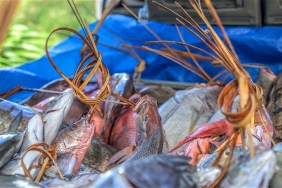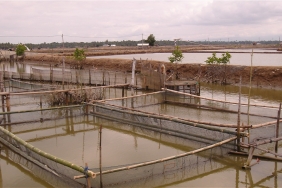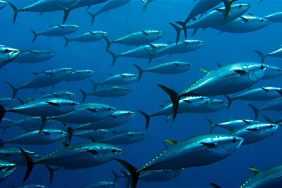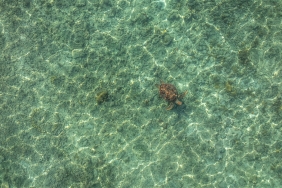INTRODUCING THE CONCEPT OF ECO-FRIENDLY MARINE TOURISM GUIDE (BEEP) TO JOURNALISTS IN KENDARI
By: Martina Rahmadani, Responsible Marine Tourism Officer WWF SESS Program
Bokori Island is one of the tourism sites located at the mouth of Kendari Bay. Its position is within the administrative area of Soropia District, Konawe Regency. Its strategic location because it is very close to Kendari City, since 2016, the small island has now begun to be crowded with local and foreign tourist visits.
Located on Bokori Island, WWF-Indonesia's Southern East Sulawesi Sub Sea Scape (SESS) introduced a responsible marine tourism practice guide for journalists in Kendari City. This activity was attended by 18 media crews representing Zonasultra.com, Detiksultra.com, Anoatimes.id, Inilahsultra.com, Bosultra.com, Tempo, Kendari Pos, Tegasnews.com, Bumisultra.com, Koran Sultra, Radar Sultra.co.id, Penaaktual.com, Tegas.co, Kolakapos, and Sultraline.id.
Sugiyanta, Project Leader WWF SESS program, explained, this socialization aims to build awareness of the communities related to marine tourism in Southeast Sulawesi, especially the press in order to practice good and correct procedures when traveling or interacting with marine animals.
"The introduction of WWF Indonesia's BEEP is also expected to increase the awareness and commitment of tourists and tourism businesses in protecting the surrounding ecosystem," Sugiyanta explained.
This introduction and practice activity was carried out for one full day, starting with an introduction to marine ecosystems, the impact of damage due to marine activities, the best way when doing marine tourism activities such as snorkeling, diving, to guidance for tourists when meeting or observing charismatic marine animals such as sea turtles, manta rays, sharks, whale sharks, whales, dugongs, and dolphins.
"We need to understand the safe distance when interacting with marine animals such as dolphins, turtles, manta rays, dugongs, sharks, and whale sharks," said Casandra Tania, Marine Species Officer, WWF-Indonesia.
Dolphins for example, the safe distance to see these marine mammals known to be very cute and adorable starts with 50 to 100 meters. So, binoculars are needed to observe these animals.
Casandra also explained how to interact with sea turtles. This is related to the many turtle nesting sites in the coastal areas of Southeast Sulawesi which are used as potential tourism development by many parties.
"Observing a turtle laying eggs, do not shine a light on its head, because it is very sensitive to light. If this happens, the turtle may cancel the nesting process. Or, when it is about to lay eggs, do not approach and avoid physical contact with the turtle and its eggs," he added.
He advised not to make physical contact with animals during marine tourism. In addition to avoiding that animals are not physically and mentally hurt, it can also avoid animals from contracting bacteria that come from the bodies of tourists.
In addition, journalists were also introduced to the best parkrics when doing activities at sea. This material was delivered by Jan Manuputty, who also discussed the basics of coral reef ecosystem knowledge.
"Every diver should enter the right location so as not to touch the coral reef while in the water," said Jan Manuputty, Biodiversity Monitoring Coordinator, WWF-Indonesia.
"Keep buoyancy (buoyancy) neutral. Avoid using gloves, because this is what makes us unaware when holding coral reefs. Then, do not disturb the animals encountered while diving. This also applies when snorkeling, make sure the equipment you use is safe, and keep your distance from the surface so you don't touch the coral," he added.
For journalists, this knowledge helps improve their skills and knowledge on sustainable marine management. "With this kind of knowledge sharing, we know that there is an appropriate way and distance when we observe animals in the high seas that makes them not feel disturbed," said Rosniwanty Fikri Tahir, Tempo Kendari contributor.
Komar, a reporter for Kendari Pos, also experienced the same thing. After listening to Jan Manuputty's presentation, he began to realize that coral reefs are classified as animals, not plants as he had understood so far.
"Apparently, coral reefs are included in the animal category and one branch that we see turns out to consist of many individuals, that's why we have to be careful when diving lest we break it," he said.
The activity, which was closed with snorkeling practices and simulations of interacting with animals, also made the journalists begin to realize the best way when doing marine tourism. "In the future when we travel, we will apply these best practices," said Lina from Rakyat Sultra.

